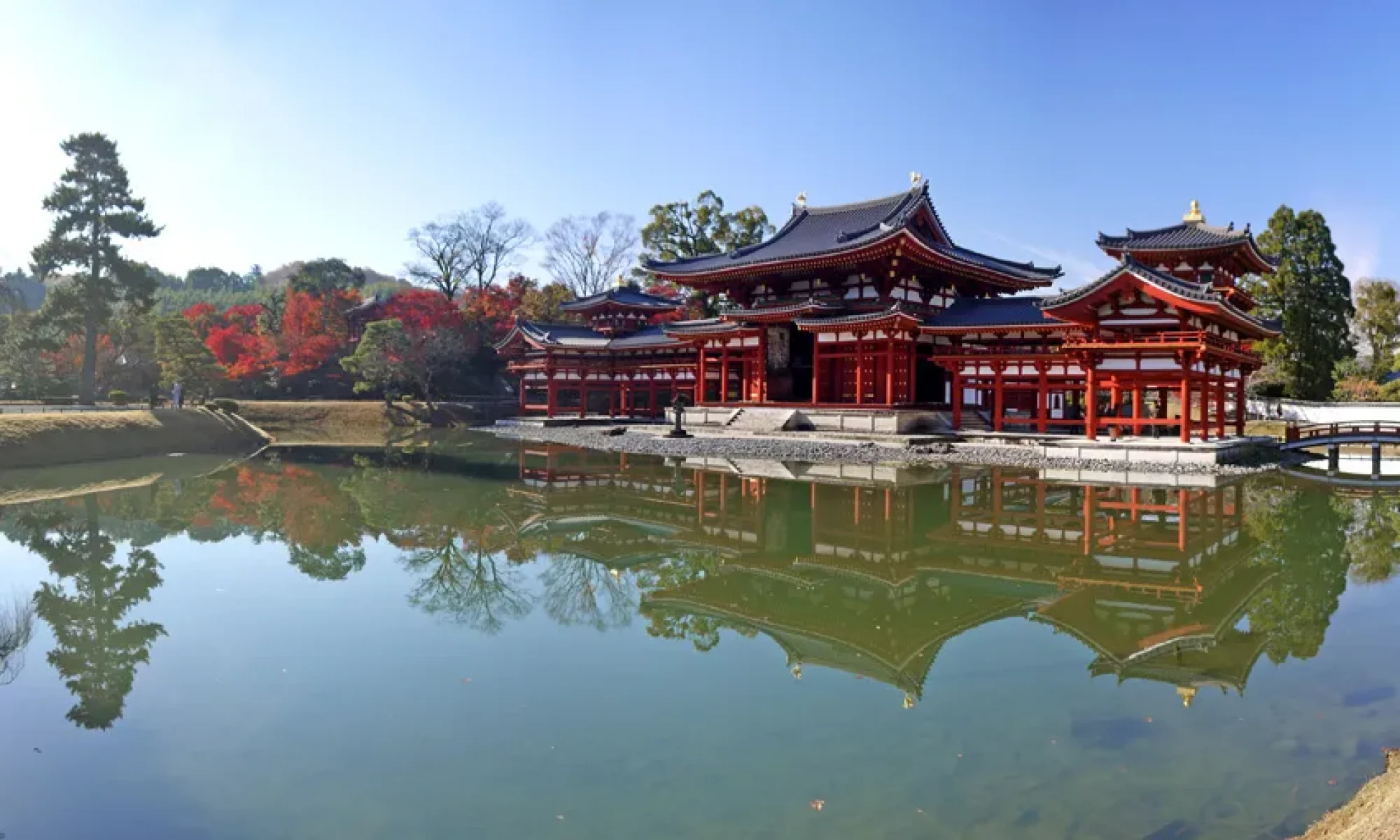Five-Storied Pagoda
The famous five-storied pagoda is the tallest wooden structure in Japan, standing 54.8 meters high. The pagoda was destroyed by fire four times due to lightning, but was restored each time. The current five-story pagoda was donated by Tokugawa Iemitsu in the early Edo period.
The reflection of the five-story pagoda and autumn leaves on the surface of Hyotaike Pond is also very impressive and popular as a photo spot. The precincts of To-ji Temple are vast, so even if there are many tourists, you can visit the temple at your leisure.




















